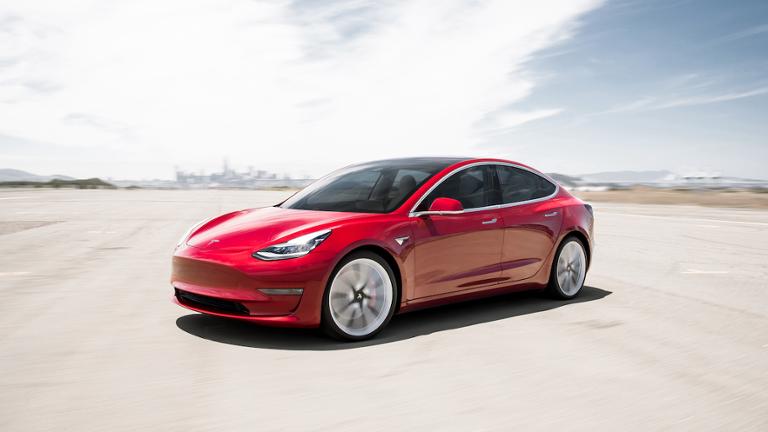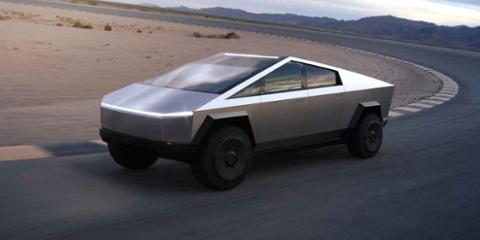You made it to the weekend! Before you shut down for a few days, let’s revisit some of the big tech stories from the week you might have missed, including a U.S. government investigation into Tesla’s Autopilot and a bunch of robots learning to flip and jump around.
Tesla Under the Government Microscope
The National Highway Traffic Safety Administration (NHTSA) is investigating whether Tesla’s self-driving system (known as Autopilot) is responsible for 11 crashes involving first-responder vehicles such as ambulances and fire trucks. Those crashes have injured 17 people and killed one.
The NHTSA has spent the past few years investigating self-driving platforms like Autopilot, which leverage machine learning to teach cars which objects to avoid. For these systems, a typical highway crash scene could present some challenges—ambulances with flashing lights, flares, and traffic cones may all potentially confuse the onboard cameras.
Critics of the current generation of self-driving platforms argue that human drivers can trust the software a little bit too much, leading to distracted-driving incidents (and possible fatalities). Auto manufacturers such as Tesla and GM are very careful on insisting that drivers always keep their hands on the wheel while driving, but that’s not quite enough for the NHTSA, which says its current Tesla investigation will focus on the ways “used to monitor, assist and enforce the driver's engagement with the dynamic driving task during Autopilot operation.”
For machine-learning and A.I. experts interested in the nascent self-driving industry, solving these challenges will prove critical to achieving the dream of fully autonomous cars. However, it could be years—if not decades—before that dream is achieved. “NHTSA reminds the public that no commercially available motor vehicles today are capable of driving themselves,” the agency reminded drivers in a statement. “Every available vehicle requires a human driver to be in control at all times, and all state laws hold human drivers responsible for operation of their vehicles.”
Mark Zuckerberg’s ‘Metaverse’ Makes Its Debut
Facebook CEO Mark Zuckerberg’s version of the future looks a lot like… a conference room. On Aug. 19, Facebook launched Horizon Workrooms, a virtual workspace where employees (or at least those employees with an Oculus VR headset) can hold meetings.
Horizon Workrooms is a key building block in Facebook’s ‘metaverse,’ an ecosystem of VR-based apps and services. “It works across both virtual reality and the web and is designed to improve your team’s ability to collaborate, communicate, and connect remotely, through the power of VR,” the company wrote in a statement, “whether that’s getting together to brainstorm or whiteboard an idea, work on a document, hear updates from your team, hang out and socialize, or simply have better conversations that flow more naturally.”
If this effort actually succeeds, it may allow Facebook to not only increase sales of its Oculus VR headset, which right now is used mainly by VR games, but also make some inroads into the business-productivity space. In turn, that would put Facebook on even more of a collision course with arch-rival Google and other tech giants such as Microsoft and Salesforce. But will employees really want to take their meetings via VR when they can just use their laptop and phone cameras?
Skynet Can Do Parkour Now
Boston Dynamics, which builds robots most people find either intensely cool or really creepy, has hit another milestone: Its bipedal robots can now jump, climb, and backflip over obstacles with the ease of a circuit performer.
These robots are five feet tall and weigh 190 pounds. They’re not going to compete in the Olympics anytime soon, but they’re fast-moving proof that the robotics industry is iterating quickly. Imagine having to outrun one of these metal beasts:
Sleep well!
That’s it, everyone! Have a great weekend!


